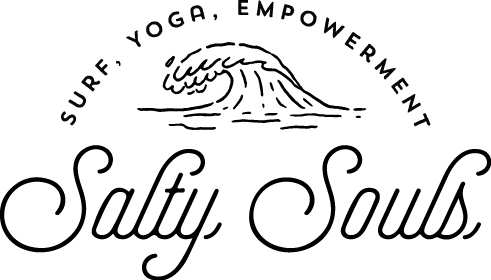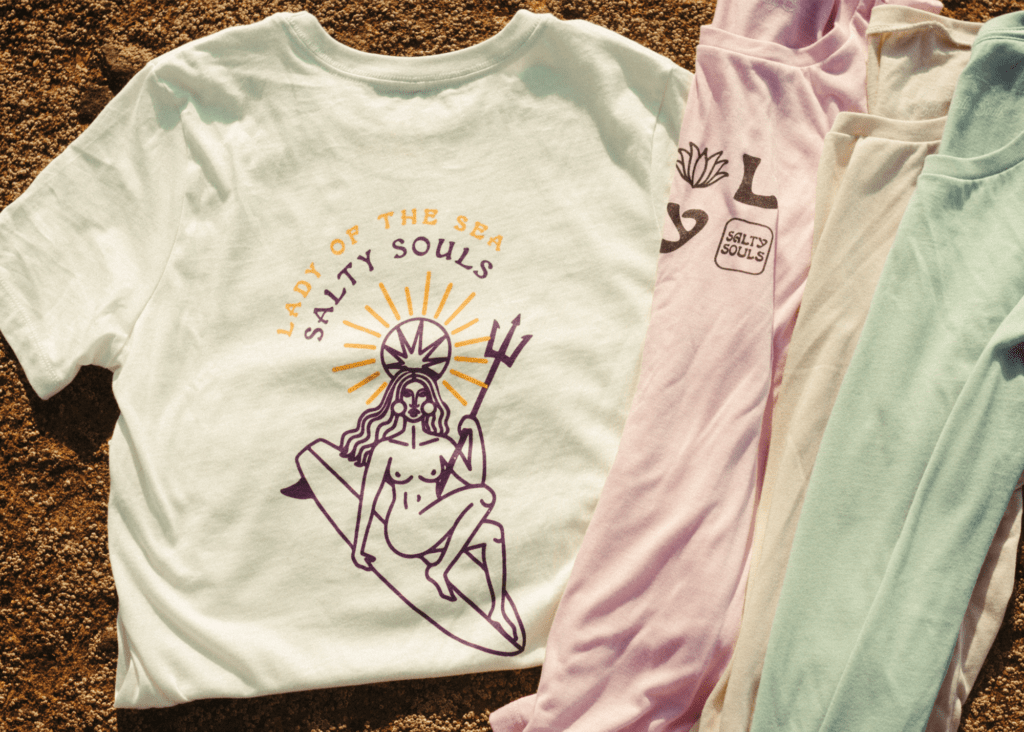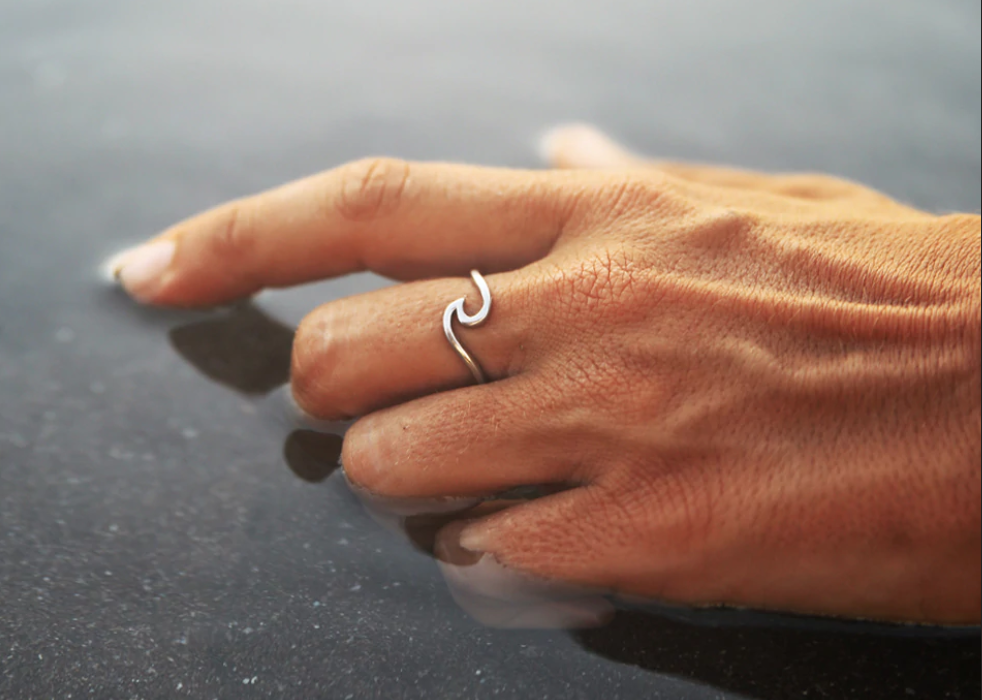Thich Nhat Hanh
For: those who have experienced a tragedy or a state of suffering.
This one is important.
I’ll starting by telling you about the first time I found this book, and more importantly, why.
It started when I received phone call from a best friend. Her father had passed away unexpectedly that morning.
She wanted to get away, and she knew my door was always open. This friend and I had been through a lot together. Not the boy-crazy fights or jealous-of-your-shoes type, but the kind where we had shared the losses of multiple friends taken by tragic deaths, all too early. Now what seemed like a curse, was creeping into our homes and taking, those closest, away.
“When you love someone, you have to offer that person the best you have. The best thing we can offer another person is our true presence.”
That night, her and a few other close friends came over to eat pizza and watch mindless TV shows. We didn’t speak much, but we were all together. Sometimes not knowing what to say is a blessing, so we can become more conscious of the energy we are surrounded with. There was a lot of love in that room that night, and you could feel it amidst all the heartache.
“When you love someone, you have to offer that person the best you have. The best thing we can offer another person is our true presence.”
A couple months later, she withdrew from school and was heading out on a cross-country trip to Washington state to work on a farm. She decided to take space and avoid distraction. She wanted to mourn, she wanted to feel. She wanted to break out of a mundane routine that was keeping her from facing her pain. A routine can have the power make anyone feel asleep while awake. She was inspired by death to live.
Before she left, I wanted to find the perfect book to aid in the process she was about to embark on. As I browsed the shelves in my small hometown bookstore, there it was, a featured book with its flashy metallic lettering with the byline, “the art of transforming suffering”. The word jumped out at me – “transforming.”

She had already made that decision herself, that she wanted to transform this suffering into something precious to her growth as a human being. Something that, to me, represented a strength I’m not sure I possess.
I was in awe of her grace and resilience and her ability to be vulnerable to the heavy feelings that come with great tragedy. I watched as she faced them with bravery like it was a fair match. Others might cower at their opponent, but she stood sturdy.
The book would serve only as a tool when she’d feel weak against her own suffering. Little did I know, the book would also aid in my own healing process and alter my outlook on what suffering is.
“Most people are afraid of suffering. But suffering is a kind of mud to help the lotus flower of happiness grow. There can be no lotus flower without the mud.”
Thich Nhat Hanh is an author and Buddhist-monk most known for his Zen Buddhism teachings. This particular teaching focuses on the acceptance of the presence of suffering. He stresses the consciousness of suffering is the first step in living a happy life. If one is constantly denying the presence of suffering, one can never truly experience happiness.
“Most people are afraid of suffering. But suffering is a kind of mud to help the lotus flower of happiness grow. There can be no lotus flower without the mud.”
You must have darkness in order to see light. You must have the mud to grow the lotus flower.
In order to study the art of happiness, we have to understand the significance of suffering. Even those situations that make life feel unfair and purposeless. In every situation, especially the darker ones, there is something to be taken. It might be a lesson, a memory, an awareness or a reminder that life is truly fragile; a fragility that that solidifies the beauty and gratitude we all hold within ourselves.
Hanh shares practices to help the readers become more mindful of the beauty around them, despite the inevitable suffering that, too, surrounds us.
“Without suffering, there’s no happiness. So we shouldn’t discriminate against the mud. We have to learn how to embrace and cradle our own suffering and the suffering of the world, with a lot of tenderness.”
This book has made an impact on my heart for more reasons than any other. I share it with you in hopes it can influence your life, like it has mine and my best friend’s.
I wish you all boundless happiness.
Feature image: Nuria Monsó Tarancón









